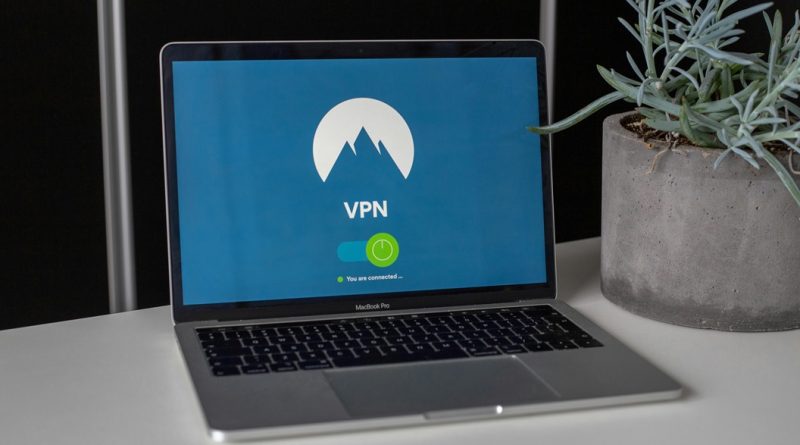A Guide to Using a VPN: Why You Need One and How to Set It Up
The internet is like a massive, public highway system. Every time you visit a website, your data travels across this open road, and it’s surprisingly easy for others—from your internet service provider (ISP) to malicious actors on public Wi-Fi—to see where you’re going and what you’re doing.
A Virtual Private Network, or VPN, is like creating your own private, armored tunnel through that public highway. It’s one of the most powerful tools you can use to protect your privacy and secure your digital life. But what does it actually do, and how do you get started?
Here’s our straightforward guide to why you need a VPN and how to set one up.
What is a VPN and Why Do You Need One?
At its core, a VPN does two very important things:
- It Encrypts Your Traffic: When you turn on a VPN, it creates a secure, encrypted connection between your device (your phone or laptop) and a server operated by the VPN provider. This means all of your internet traffic is scrambled, making it unreadable to anyone who might try to intercept it, including your own ISP.
- It Hides Your IP Address: Your IP address is like the public home address of your device on the internet. A VPN masks your real IP address and replaces it with the IP address of its own server. If you connect to a VPN server in Switzerland, all websites you visit will think you are Browse from Switzerland.
These two functions provide three key benefits:
- Security on Public Wi-Fi: This is non-negotiable. When you use a public Wi-Fi network at a coffee shop, airport, or hotel, you are on a network with strangers, making it easy for hackers to snoop on your activity. A VPN encrypts your connection, making it secure even on an untrusted network.
- Privacy from Your ISP: Your Internet Service Provider (like Comcast, Spectrum, or AT&T) can see every website you visit. They can and often do use this data for marketing purposes. With a VPN, your ISP can see that you are connected to the internet, but they cannot see what you are doing or which websites you are visiting.
- Accessing Geo-Restricted Content: Because a VPN can make it look like you’re Browse from another country, it allows you to access streaming content or websites that might be locked to a specific region. For example, by connecting to a UK server, you can access streaming services that are only available in the United Kingdom.
How to Choose the Right VPN
The VPN market is crowded, but a few key features separate the great services from the bad ones.
- A Strict “No-Logs” Policy: This is the most important feature. A “no-logs” VPN means the provider does not track or store any information about your online activity. Look for providers that have had their no-logs claims verified by an independent, third-party audit.
- Server Locations: The more server locations a provider has, the more options you have for “tunneling” your traffic and the better your chances of finding a fast, uncongested server.
- Speed and Performance: A VPN will always slow down your internet connection slightly due to the encryption process. A good VPN invests in high-quality servers to minimize this speed loss.
- A Note on “Free” VPNs: Be extremely wary of free VPN services. Running a secure server network is expensive. If you aren’t paying for the product, you are the product. Many free VPNs make money by tracking your data and selling it to third parties—the very thing a VPN is supposed to prevent.
How to Set It Up (It’s Easier Than You Think)
Gone are the days of complex manual configurations. Setting up a modern VPN is incredibly simple.
- Choose a Reputable Provider: Do your research and sign up for a subscription with a well-reviewed VPN service (like ExpressVPN, NordVPN, or ProtonVPN, among others).
- Download the App: Go to their website and download the app for your device (Windows, Mac, iPhone, or Android).
- Log In: Open the app and log in with the username and password you created when you signed up.
- Click “Connect”: The app will almost always have a large, obvious “Connect” or “Quick Connect” button. Click it. The app will automatically choose the best server for you based on speed and location.
That’s it. Your traffic is now encrypted, and your IP address is hidden. You’re Browse the internet through your own private tunnel.


